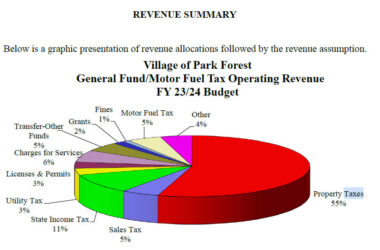 Commentary
Commentary
Inside the First Amendment
By Charles C. Haynes
First Amendment Center senior scholar
After 12 years of censorship and regimentation, many high school students will graduate this spring with little or no idea about what it means to be a free, active and engaged citizen in a democracy.
When they march across the stage to get their diploma, let’s hope someone slips them a copy of the First Amendment — with instructions on how to use it.
Far too many public school officials are afraid of freedom and avoid anything that looks like democracy. Under the heading of “safety and discipline,” administrators censor student religious and political speech, shut down student newspapers and limit student government to discussions about decorations at the prom.
Fortunately, a growing number of brave students defy the odds and take seriously what they hear about free speech in civics class.
Earlier this month, Heather Gillman won her fight when a federal judge ruled that her Florida high school violated the First Amendment by prohibiting students from displaying any symbol of support for gay rights, including rainbow stickers.
And last month, Alexander Nuxoll won the right to express the opposite viewpoint when the 7th U.S. Circuit Court of Appeals ruled that his suburban Chicago school must allow him to wear a “Be Happy, Not Gay” T-shirt while his civil rights case proceeds.
Of course, students don’t always win in court — in fact, they often lose. On May 12, Kimberly Jacobs lost her battle to wear a religious message on her shirt when a 9th Circuit panel upheld a Nevada school district’s dress code prohibiting messages (including political or religious expression) on student uniforms.
But win or lose, students shouldn’t need to call a lawyer in the first place. Public schools are supposed to be places that teach and model what it means to be a citizen in a democracy, especially what it means to use the basic freedoms guaranteed by the First Amendment.
Instead, many school officials are convinced that keeping order means ordering students to leave their religious and political convictions at the schoolhouse door.
Yes, schools have an important interest in maintaining safety and discipline. Schools can and should prohibit speech that is obscene or defamatory or promotes illegal activity. And schools may draw the line at student speech that can be clearly shown to cause a substantial disruption in the school.
But the widespread practice of censoring the political and religious views of students simply because their speech might offend someone or might be controversial contradicts everything schools are supposed to teach about freedom of expression.
Students have become canaries in the free-speech coal mine: We can predict the future health of freedom of speech in America by looking at how public schools live up to — or fail to live up to — the First Amendment.
Right now, there are a lot of sick canaries out there. It’s no mystery why so many young people tune out public-policy debates, stay home from the polls and become cynical about their government.
Not all school officials make the false choice between security and freedom. In a small number of schools across the nation — Federal Hocking High School in Ohio and Fairview Elementary School in California are two stellar examples — students are given a real voice in the life of the school.
When schools uphold the First Amendment, they become learning environments that are not only free, but also far safer than schools where students are alienated by censorship and repression.
The challenge is for schools to promote freedom through lessons in civic responsibility. This includes, among other things, involving students in decision-making, teaching peer mediation of conflicts, encouraging a free student press, offering instruction in the ethical use of the Internet, and integrating lessons in civic character across the curriculum.
Here’s a concept: Freedom works. Freedom and democracy, not censorship and repression, create safer schools for students — and ensure a more secure society for us all.
Freedom also takes work. Many school officials complain that in this era of high-stakes testing they don’t have time for such “extras” as supporting meaningful student government, promoting student journalism or creating opportunities for student engagement in public policy and service.
But if we can send young people to fight and die in the name of freedom and democracy abroad, surely we can take time to practice freedom and democracy at home.
Charles C. Haynes is senior scholar at the First Amendment Center, 555 Pennsylvania Ave., N.W., Washington, D.C. 20001. Web: firstamendmentcenter.org. E-mail: [email protected].








